Home > Climate News >

Decreases in global beer supply due to extreme drought and heat
“Beer is the most popular alcoholic beverage in the world by volume consumed, and yields of its main ingredient, barley, decline sharply in periods of extreme drought and heat. Although the frequency and severity of drought and heat extremes increase substantially in range of future climate scenarios by five Earth System Models, the vulnerability of beer supply to such extremes has never been assessed. We couple a process-based crop model (decision support system for agrotechnology transfer) and a global economic model (Global Trade Analysis Project model) to evaluate the effects of concurrent drought and heat extremes projected under a range of future climate scenarios. We find that these extreme events may cause substantial decreases in barley yields worldwide…”

Don’t save the planet for the planet. Do it for beer.
Your climate communications don’t always have to be serious to make an impression. You want to find shared values that connect with your audience. Take this story, for example, that starts off with this:
“Worst case? If people don’t stop burning so much carbon-based fossil fuel and emitting greenhouse gases, world beer consumption could drop by 16 percent, and the price of a beer worldwide could double…
Climate change stands to alter the way humans farm every plant we eat and every plant we feed to the animals we eat. If you’re sure you’re gonna want another beer? Now’s a good time to think about saving the world…”

Fourth National Climate Assessment: Chapter 21: The Midwest
“The Midwest is a major producer of a wide range of food and animal feed for national consumption and international trade. Increases in warm-season absolute humidity and precipitation have eroded soils, created favorable conditions for pests and pathogens, and degraded the quality of stored grain. Projected changes in precipitation, coupled with rising extreme temperatures before mid-century, will reduce Midwest agricultural productivity to levels of the 1980s without major technological advances…”
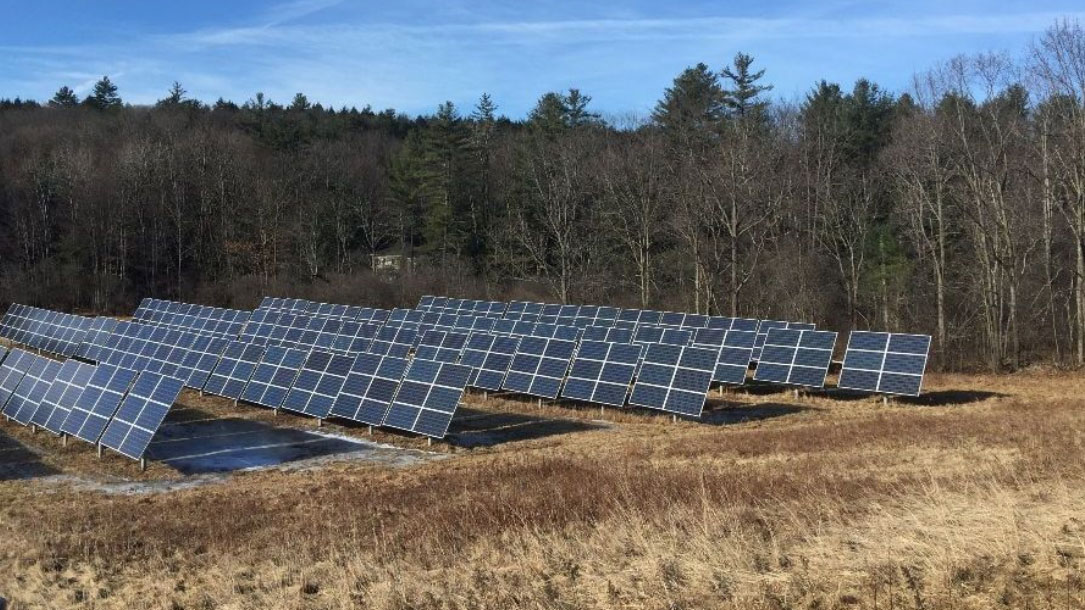
The next money crop for farmers: Solar panels
“There’s enough energy produced to run the whole complex,” said DeBaillie, 50, who farms 6,500 acres with his brother and cousin. They typically grow corn and soybeans each spring, but this year they want to put more solar panels on 15 acres—and sell the energy.
The earnings, he said, would be about three times what an average harvest would yield there.
According to the federal government’s Fourth National Climate Assessment, released in November, more extreme high temperatures plus increased humidity and precipitation could mean more pests and pathogens on farms throughout the Midwest in the coming decades. Productivity could drop to levels not seen since the 1980s, the report warned…

CDC: Farmers are committing suicide at 5 times the rate of the rest of the population
“Farmers in the US are facing a myriad of challenges these days, and The Centers for Disease Control and Prevention recently released a report showing that such stress is taking a deadly toll.
While the suicide rates of Americans in all demographics have been on the rise over the last 30 years, farmers have the highest rate of suicide than any other occupation — five times that of the rest of the US population…”

Climate change makes farming harder
Climate change is increasing a risk to farm and ranch survival, given extreme weather, blights, water challenges, and changes in soil. That’s one of the reasons why farmers are embracing renewable energy to help buffer potential losses and help restore the land.
The Young Farmers Coalition speaks here with Yale Climate Connections about what this means to young farmers. This could be something you could share with folks who care about farming and farmers, with a link to how they can slow down climate change. This is short—probably even too short—but it’s a good snippet.
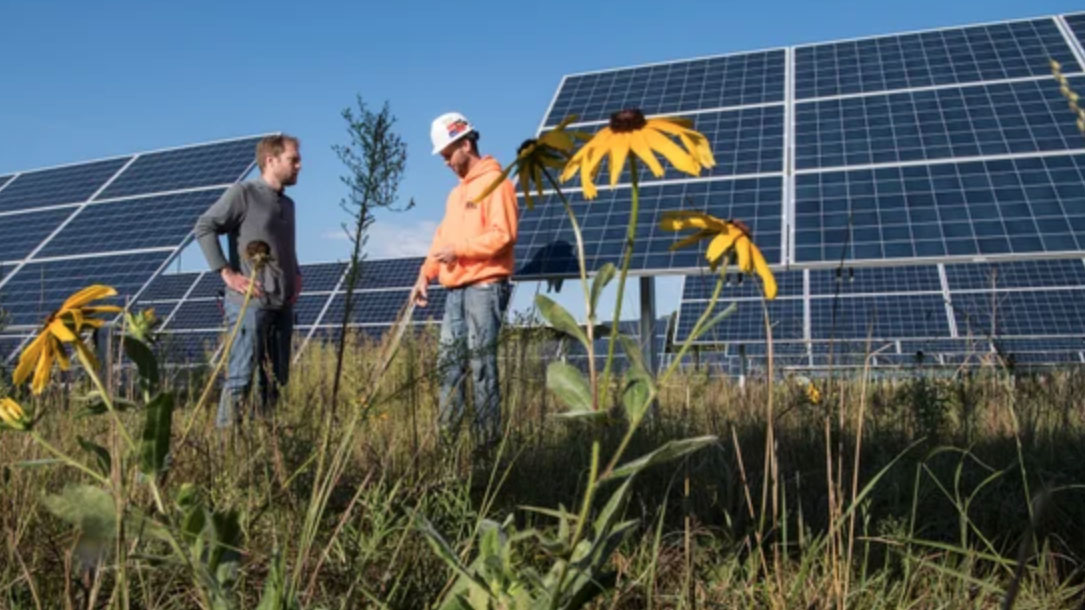
Solar farms shine a ray of hope on bees and butterflies
The tidy rows of gleaming solar panels at Pine Gate Renewables facility in southwestern Oregon originally sat amidst the squat grasses of a former cattle pasture. But in 2017 the company started sowing the 41-acre site with a colorful riot of native wildflowers.
The shift was not merely aesthetic; similar projects at a growing number of solar farms around the country aim to help reverse the worrying declines in bees, butterflies, and other key pollinating species observed in recent years…
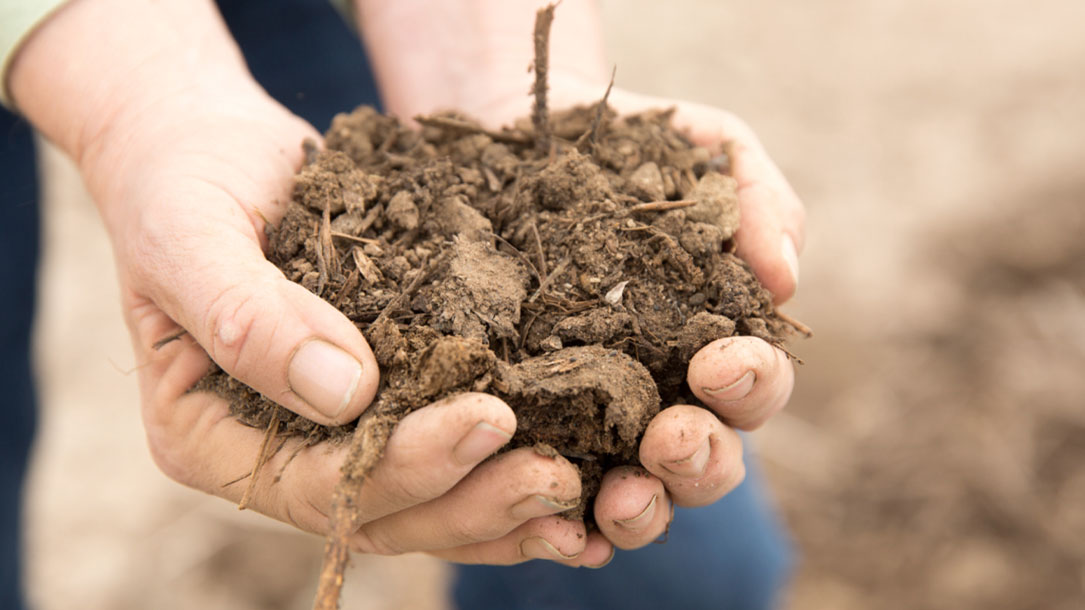
Carbon farming works. What is it? Can your land trust promote it?
Farming and ranching can help slow down climate change – but it will take significant changes for many to make that happen.
The first step is to understand what carbon farming is. The second step is to make it happen…
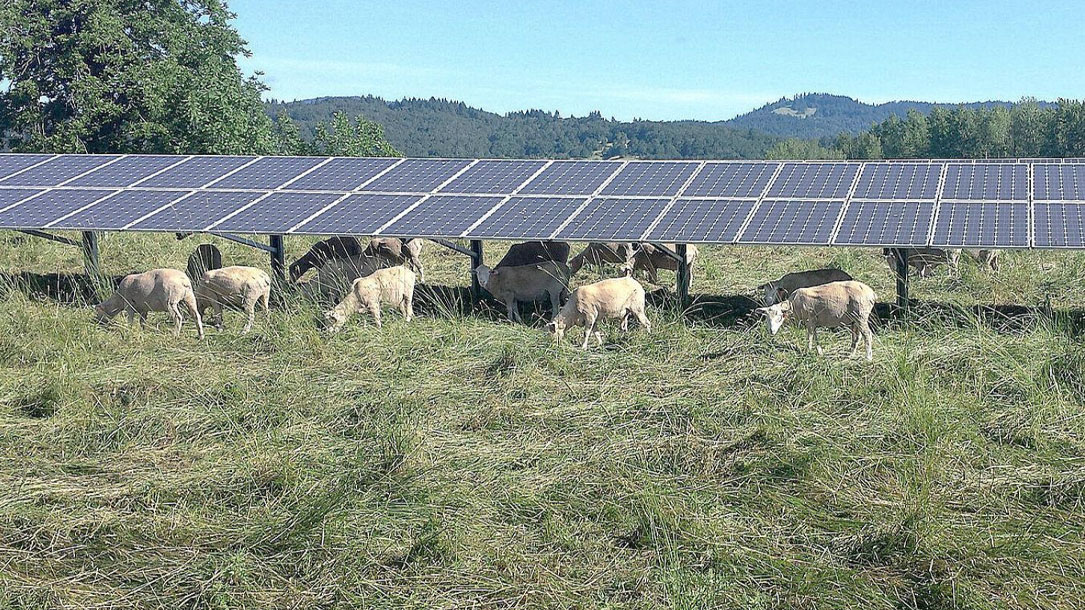
Study shows crops, forage may benefit from solar panel shade
An accidental discovery at Oregon State University may reveal how solar panels can help grow healthier crops on dryland farms.
Not only can solar power lower energy bills and increase efficiency, but the shade afforded by photovoltaic panels might also boost agricultural production on non-irrigated farmland, retaining more moisture for crops and livestock forage…
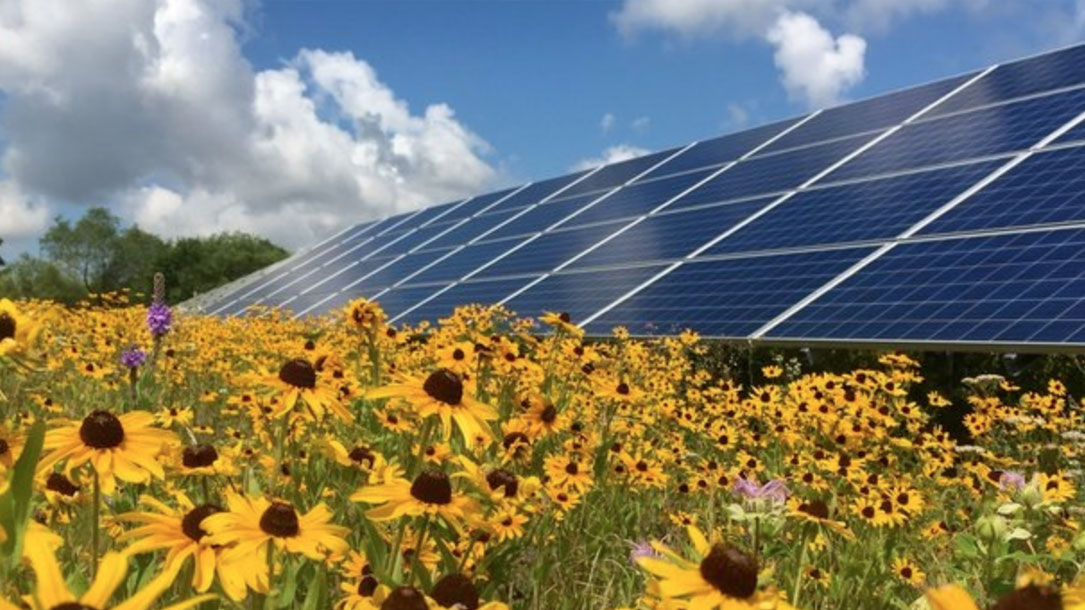
Pollinators, solar, and your land trust
There’s a major opportunity to help slow down climate change and ramp up pollinator gardens with community and large-scale solar.
The timing is critical given new research is documenting that climate change is decimating pollinators of all kinds. As one article notes, “it’s a great year for monarch butterflies [but] climate change means that won’t last.”
Limiting global warming to 1.5°C (and thus saving countless species) would require “rapid and far-reaching” transitions in land, energy, industry, buildings, transport, and cities. Global net human-caused emissions of carbon dioxide (CO2) would need to fall by about 45 percent from 2010 levels by 2030, reaching ‘net zero’ around 2050. This means that any remaining emissions would need to be balanced by removing CO2 from the air.
The good news is that solar pollinator farms can make a big difference. That’s also good news to landowners and farmers who could benefit from the regular income that solar payments provide. For many, that might make the difference between selling out or staying on the land…












